Apocalyptic Heatwave Hits the Middle East Leaving Climate Experts Worried
The Middle East recently went through a scorching heat wave, with temperatures soaring into the triple digits. This alarming situation has left many scientists deeply concerned about the area’s future, and they are urgently calling for immediate action to address this pressing issue.
Scientists are worried that frequent and excruciating heat waves, which they claim result from human-induced climate change, will become so severe in the coming decades that several regions will become inhospitable.
Heat Wave Passes Through the Persian Gulf
A heatwave traversing the Middle East has led to record-breaking temperatures in several nations bordering the Persian Gulf.
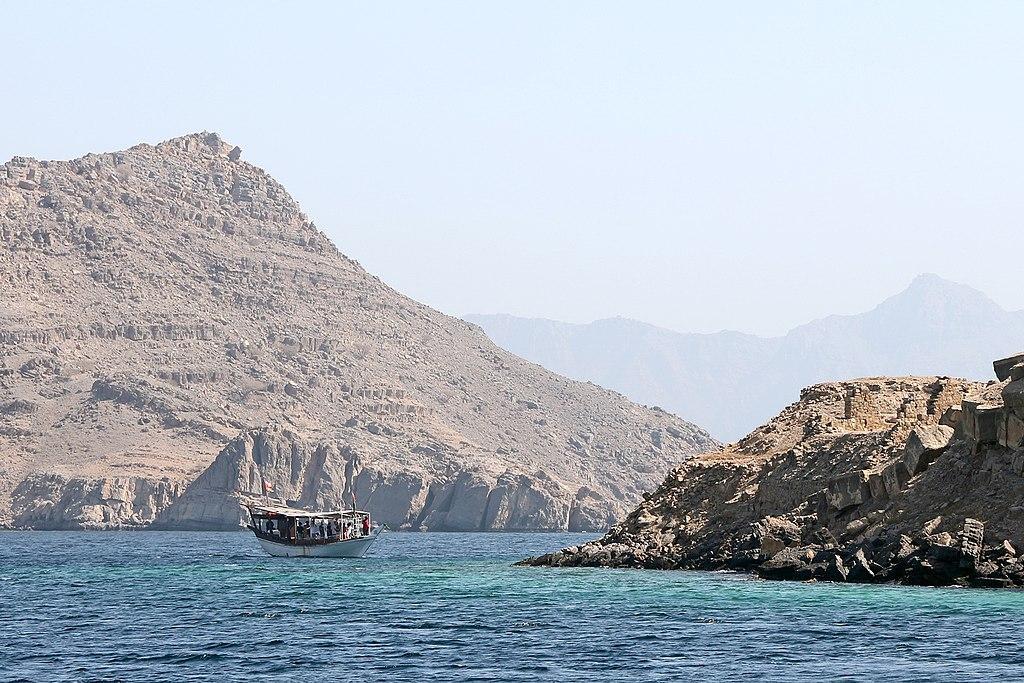
Source: Wikimedia
Throughout the Middle East, the heat index, which refers to what a temperature feels like to humans due to humidity and other factors, reached a staggering 150 degrees Fahrenheit.
Countries Most Affected by the Heatwave
Iran and the United Arab Emirates have been hit the hardest, with temperatures ranging between 140 and 150 Fahrenheit in the two nations.
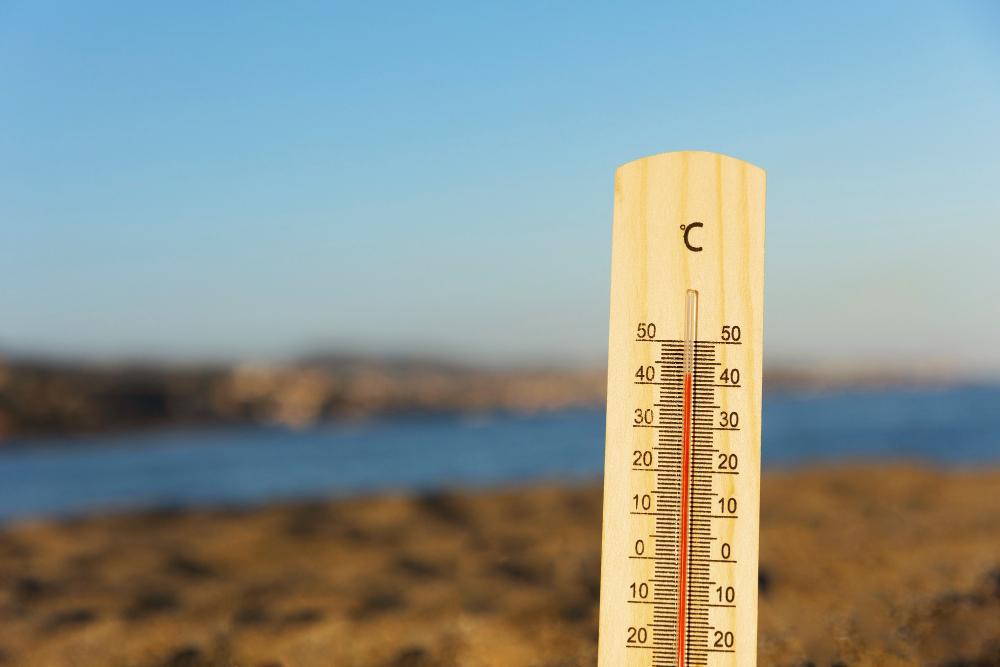
Source: Wikimedia
According to reports, the temperature at Iran’s Persian Gulf International Airport rose to 108 degrees Fahrenheit and a heat index of nearly 150 degrees.
Iranian Cities Feel the Effects of a Heatwave
Several major cities throughout Iran also felt the effects of the heatwave, with Ahvaz, Abadan, and Omidiyeh recording temperatures of over 120 degrees Fahrenheit.
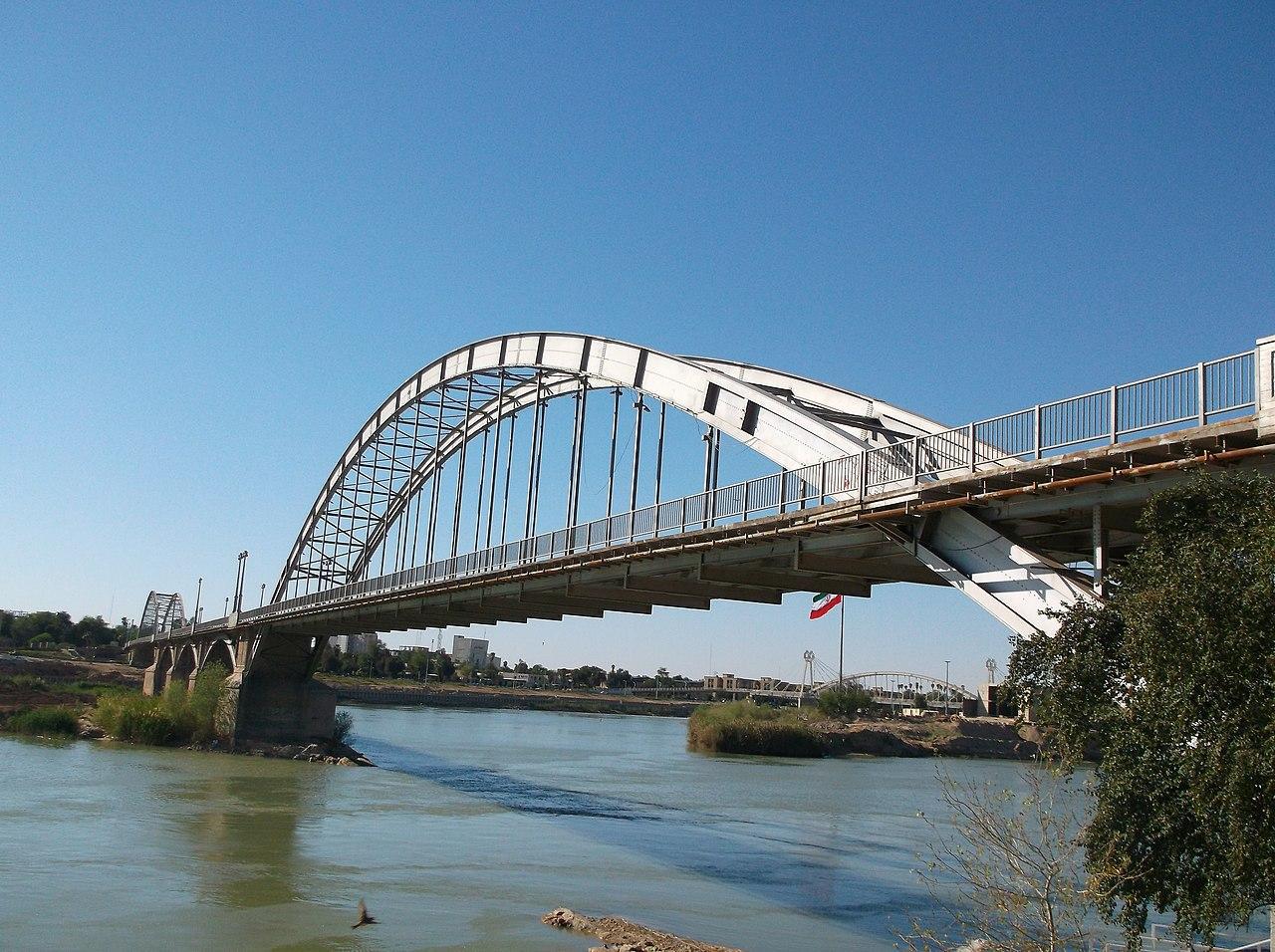
Source: Wikimedia
Due to the scorching heat, government offices were forced to close in Ahvaz. Meteorologists working in Iran suggest that extreme weather and frequent heat waves are directly related to climate.
Iran’s Heatwave Set to Continue
Speaking with ISNA News, Mohammad Sabzezari, Director-General of Khuzestan’s Meteorological Department, explained that the heatwave will continue to affect the nation for most of the remainder of June.

Source: Freepik
“Most areas in Khuzestan, except for the eastern and northern highlands, will experience maximum temperatures of 49 degrees Celsius or higher until June 23,” Sabzezari added.
Dubai Greatly Affected by Recent Heat Wave
Dubai is another area greatly affected by the recent heat wave tearing through the Persian Gulf.
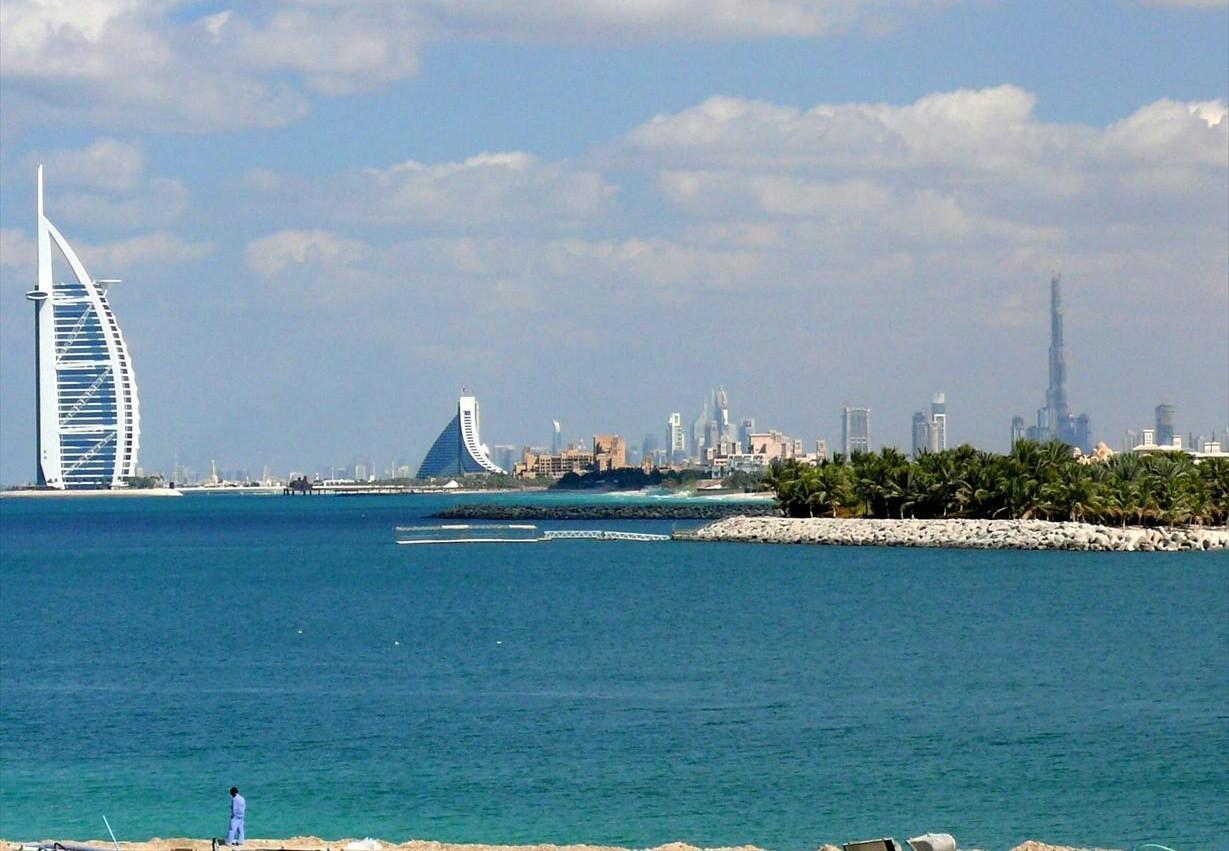
Source: Wikimedia
Already known for its hot desert climate, the government has issued safety warnings as temperatures soar into the triple digits nationwide, reaching a high of around 144 degrees on the heat index.
One of the Hottest Places to Live on Earth
Dubai has previously been ranked as one of the most dangerous cities to live in due to its scorching summer heat.

Source: Wikimedia
Due to the extreme humidity in regions such as Dubai, the air temperature can sometimes increase by up to 30 degrees.
Intense Heat in Saudi Arabia
The extreme weather witnessed throughout June around the Persian Gulf comes less than a month after temperatures in Saudi Arabia rose to an average of around 125 degrees Fahrenheit.

Source: Wikimedia
Tragically, over 1,300 Muslims lost their lives during their annual pilgrimage to the Hajj, a direct result of the intense heat, according to Human Rights Watch.
NASA Analysis of the Persian Gulf
According to a NASA study, by 2050, the inhabitants of the Persian Gulf will be exposed to life-threatening living conditions due to extreme heat.

Source: Wikimedia
“The results have important implications. The hotter it is, the more strain our bodies feel, and the more we need to sweat to cool down. But humid air has less capacity to hold additional moisture, so water evaporates more slowly in humid conditions,” wrote the researchers.
Regions Set to Be Affected by 2050
NASA researchers theorize that heat waves similar to those recently hitting the Middle East may become more frequent over the next several decades and bring with them a plethora of health concerns.
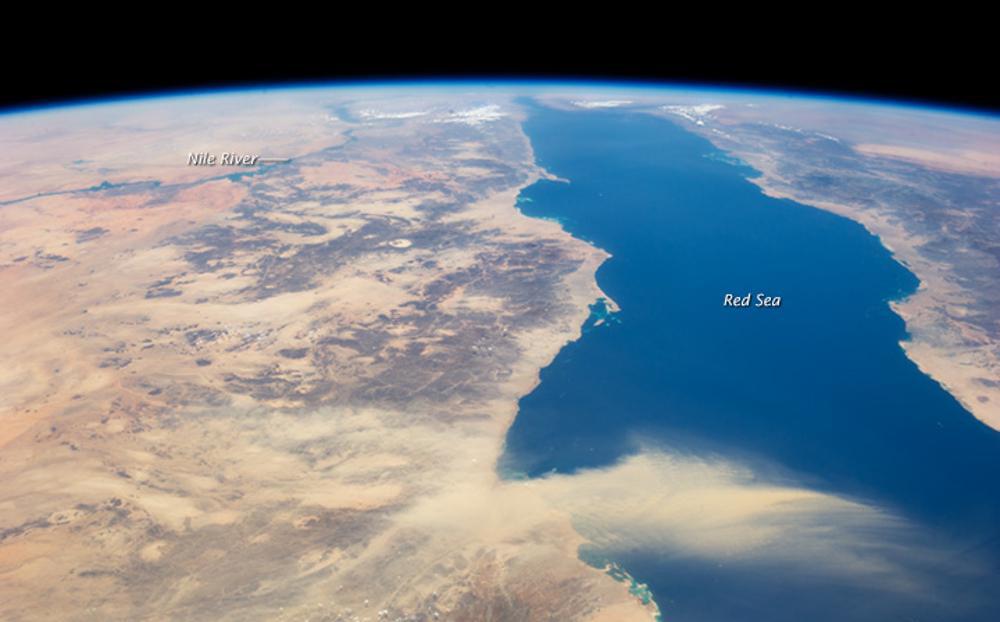
Source: Wikimedia
“Climate models tell us certain regions are likely to exceed those temperatures in the next 30 to 50 years. The most vulnerable areas include South Asia, the Persian Gulf, and the Red Sea by around 2050,” they wrote.
Record Temperature in the Middle East
Despite the record-breaking temperatures in several cities throughout the Middle East in June, they still fell short of the record high recorded in 2023.

Source: Freepik
Last year, the Persian Gulf region recorded a heat index of a staggering 158 degrees Fahrenheit, marking the hottest day ever recorded in the area.
Human-Induced Climate Change
Scientists continue to blame human-induced climate change as extreme heat waves become more frequent in the Persian Gulf and other regions worldwide.
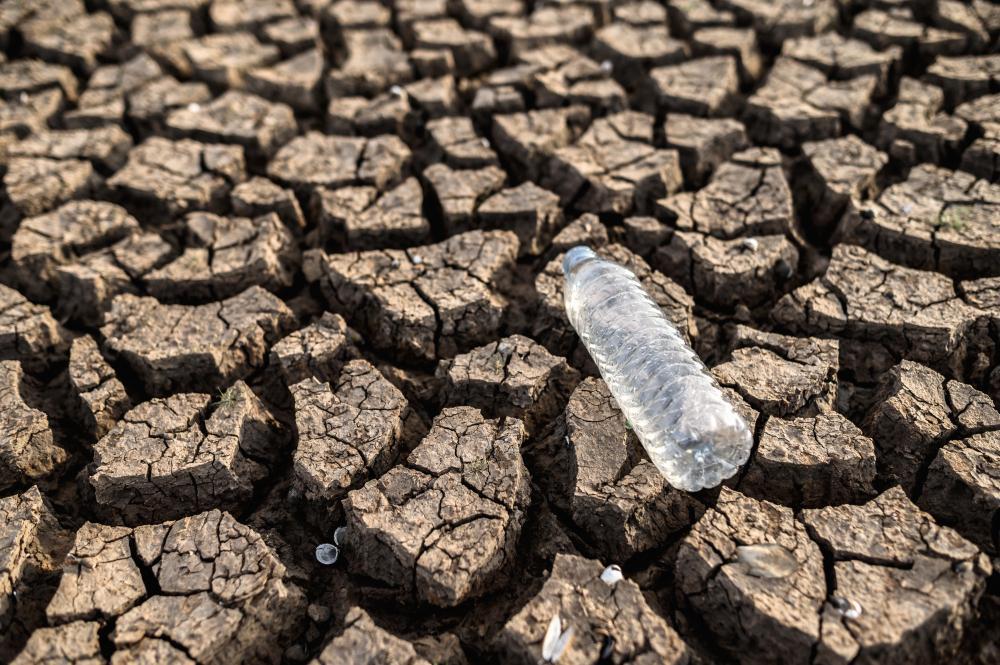
Source: Freepik
Unfortunately, the areas most susceptible to increasing temperatures may become inhospitable over the next few decades, leaving scientists to call on governmental officials to take a stronger stance against the leading causes of rising global temperatures.
Climate Change Poses a Real Threat to the Middle East
As the Middle East is already burdened with political turmoil, displacement, and even conflict, the threat posed by the climate adds an additional layer of uncertainty.

Source: Freepik
Unfortunately, the effects of extreme temperatures, including prolonged droughts and unpredictable weather events, continue to affect local communities.
Dangers Associated With Climate Change in the Middle East
Frederic Wehrey, a renowned analyst, warned of the dangers to come in the Middle East.
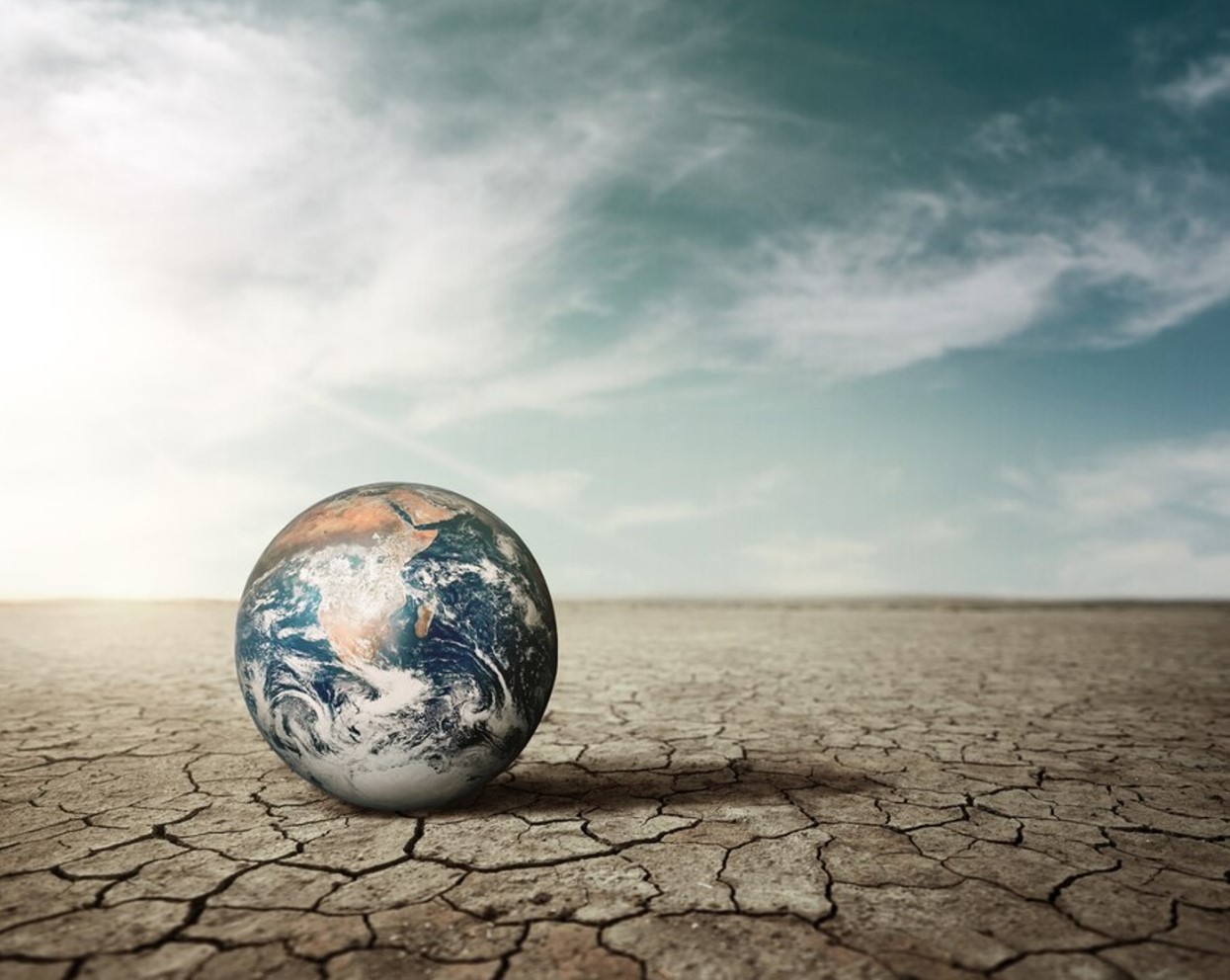
Source: Freepik
“Climate change in the Middle East will amplify pre-existing vulnerabilities stemming from conflict, displacement, marginalization, and corruption while also creating new risks. Governments in the region will need to adopt more inclusive reforms as part of their climate adaptation strategies,” he said.
Study Suggests Heat-Related Deaths Could Skyrocket
A study published in The Lancet reveals heat-related deaths in the Middle East could skyrocket in the years to come.

Source: Wikimedia
Researchers warn that heat-related deaths could surge from around two per 100,000 people to over 120 per 100,000 if drastic action is not taken to reduce the effects of human-induced climate change.
Land May Become Inhospitable in the Middle East
According to researchers from the German Max Planck Institute of Chemistry and the Cyprus Institute, the climate situation in the Middle East is critical.

Source: Christoph Schulz/Unsplash
If leaders continue on the ‘business-as-usual’ path and refuse to take action, certain regions of the Middle East may become inhospitable over the next few centuries.
The America’s Rising Temperatures
The Middle East isn’t the only region experiencing extreme heat waves.

Source: wirestock/Freepik
According to a recent report by scientists, the effects of human-induced climate change have left regions such as the southwest of the US, Mexico, and Central America over 35 times more likely to experience a heatwave, per the BBC.
Extreme Temperatures in the South-West
A group of scientists working for the World Weather Attribution (WWA) studied the weather in California, Nevada, and Arizona during a period of extreme heat between May and June of this year.

Source: MicheleKay Saiki-Poaha/Unsplash
While the group explains their preliminary findings, they cannot say with certainty how much climate change is influencing extreme weather, but they believe it is playing a significant role in rising temperatures.
Heat Waves Four Times More Likely in the US
Extreme weather events, including droughts and heat waves, have become more prominent in the US, and some experts surmise they are directly related to climate change.

Source: Freepik
In its new report, WWA proposes that heat waves in the US are up to four times more likely than they were just two decades ago, citing planet-warming emissions as a major cause.
Climate Change Begins to Take Its Toll on the US
According to Izidine Pinto, a researcher at the Royal Netherlands Meteorological Institute, the study’s new findings provide scientists with data suggesting that climate change is beginning to affect the US.

Source: Wikimedia
“The results of our study should be taken as another warning that our climate is heating to dangerous levels,” he said.
Record-Breaking Temperatures May Become More Common in the US
Pinto continued, explaining, “Potentially deadly and record-breaking temperatures are occurring more and more frequently in the US, Mexico, and Central America due to climate change.”

Source: Xavier Coiffic/Unsplash
He added, “As long as humans fill the atmosphere with fossil fuel emissions, the heat will only get worse – vulnerable people will continue to die, and the cost of living will continue to increase.”
WWA Study Also Focused on Latin America
A portion of the WWA study also examined several regions in Mexico and Central Americans nations, such as Guatemala, Honduras, and El Salvador, which also experienced severe heat waves.

Source: Antony Stanley/Flickr
According to the researchers, the hottest five-day stretch during June was up to 1.5C warmer due to climate change.
Every Degree of Increase Exposes People to Dangerous Heat
Karina Izquierdo, Urban Advisor for the Latin American and Caribbean region at Red Cross Climate Centre, explained, “Every fraction of a degree of warming exposes more people to dangerous heat.”

Source: Camandona/Freepik
“The additional 1.4C of heat caused by climate change would have been the difference between life and death for many people during May and June,” she added.
The Effects Humans Have on the Planet
The WWA will continue to conduct studies on weather events across the globe in an attempt to obtain valuable insight into the role climate change plays in rising temperatures.

Source: Wikimedia
The scientists take the data they collect and compare it to various Earth models, which show the effects of human-induced climate change. This allows them to identify the effects we’ve had on the planet.
